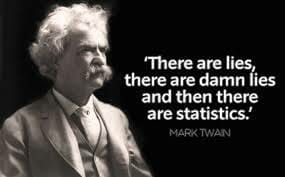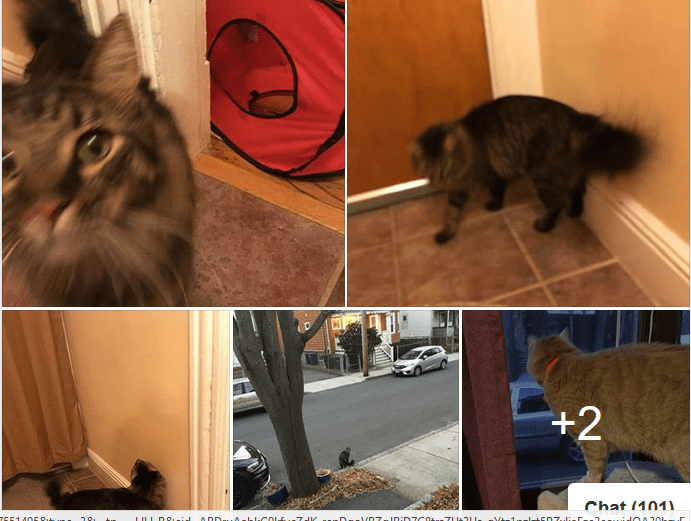Happy 2020. How did your end-of-year appeal go in 2019?
 The first order of business in 2020 is to send the ideal thank-you letter.
The first order of business in 2020 is to send the ideal thank-you letter.
If your letters are already in the mail, congratulations! You’ve started persuading donors they did the right thing when they gave to you–and convincing them to give again in 2020!
But maybe you’re feeling guilty because it’s the middle of January and you haven’t sent out thank-yous for those gifts you got in December?
Never fear! If you take just a little more time, you can write a thank-you letter that donors will remember and love.
Here’s what you do:
- Make it personal. Knowing what the donor gave, and how often they gave in the past, is just the start. Know what they like to be called. And as often as you can, say something that makes them feel seen. A Personal Letter is Better Than a Personalized One!
- Tell a story. If the appeal letter told a story (and I hope it did), then refer back to it. “Emily Donor, you are already helping Mary Client these ways!” If you didn’t before, tell a story now. Make the donor feel the difference they have made.
- Ask a question. Or two, or three: definitely not many, but just enough to help you keep on getting to know the donor. (Save the answers to your survey questions in your donor database or CRM.)
If you are saying to yourself, “Where am I going to find the time?”, think about asking your Board members to write a personal note on the letters. Many of them will prefer writing thank-you notes to any other form of fundraising.
And for your next appeal, think about the thank-you letter at the same time you think about the ask! (If you need expert help making sure your thank-you’s and your appeals touch your donors’ hearts, drop me a line at [email protected]. The initial consultation is free.)
Let’s make 2020 a great year for your nonprofit and your donors!


